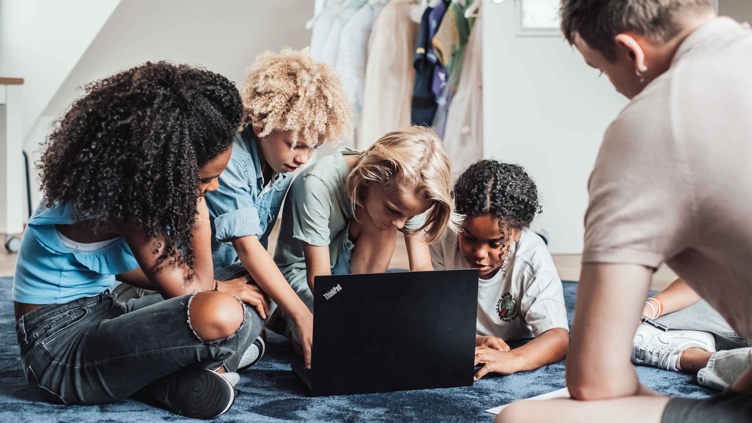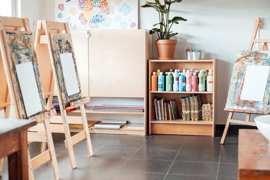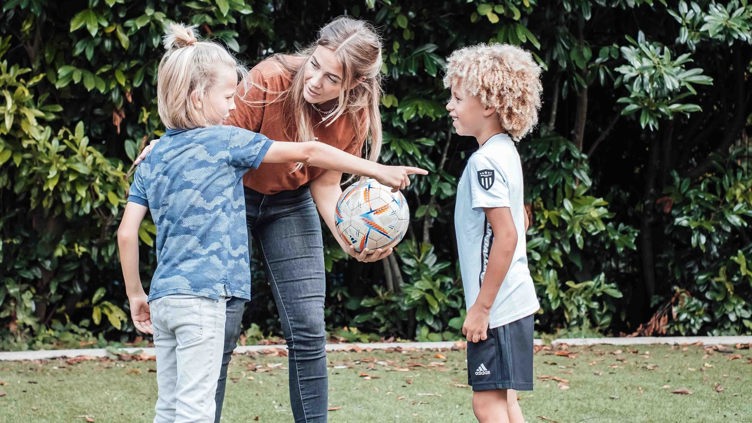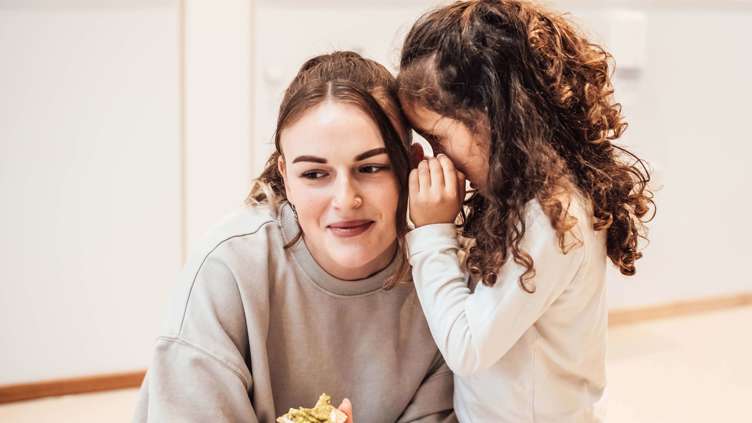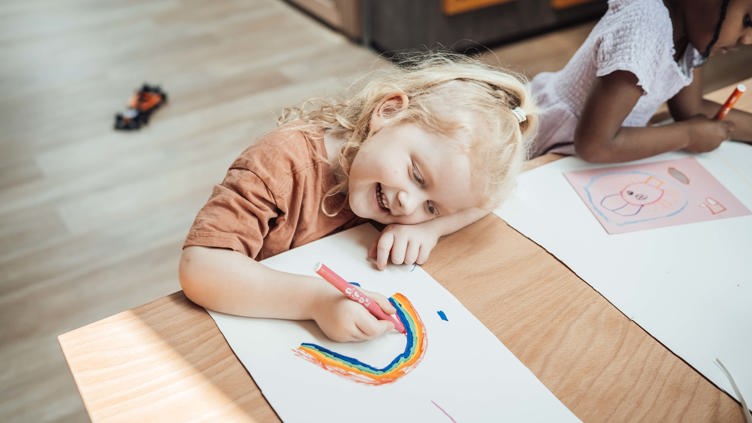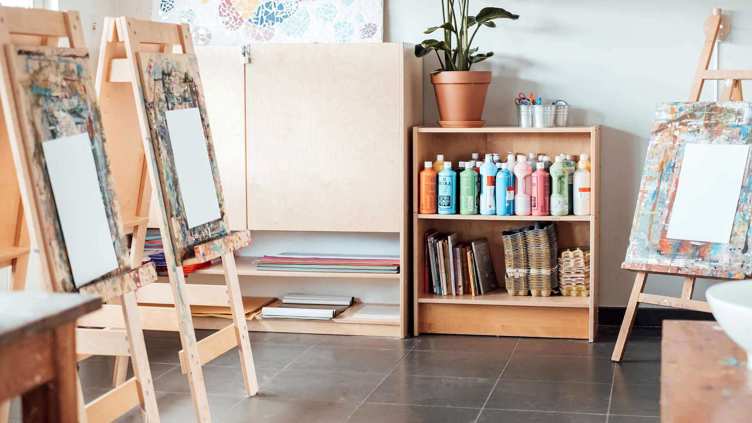Having fun! It’s great to have the confidence to make your own choices so you can discover your talents. Where better for children to do that than an inspiring and challenging environment, in which they also receive guidance and encouragement from caring and specialized staff? Our after-school care locations offer your child all the space they need to let off steam after school.
So many activities, so much variety
After school, children just feel like chilling out, exercising, and playing with their peers. They can do all that at our after-school care locations. Unlike the daycare centers, the age differences between the after-school care children can reach up to eight years. And a child of four certainly needs different supervision and challenges than a child of nine. That’s why we split our activities into junior (four to six years) activities and senior (seven+) activities, or we adapt the activity accordingly.

